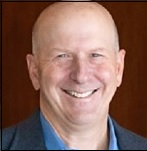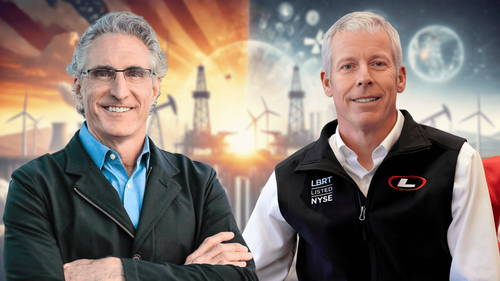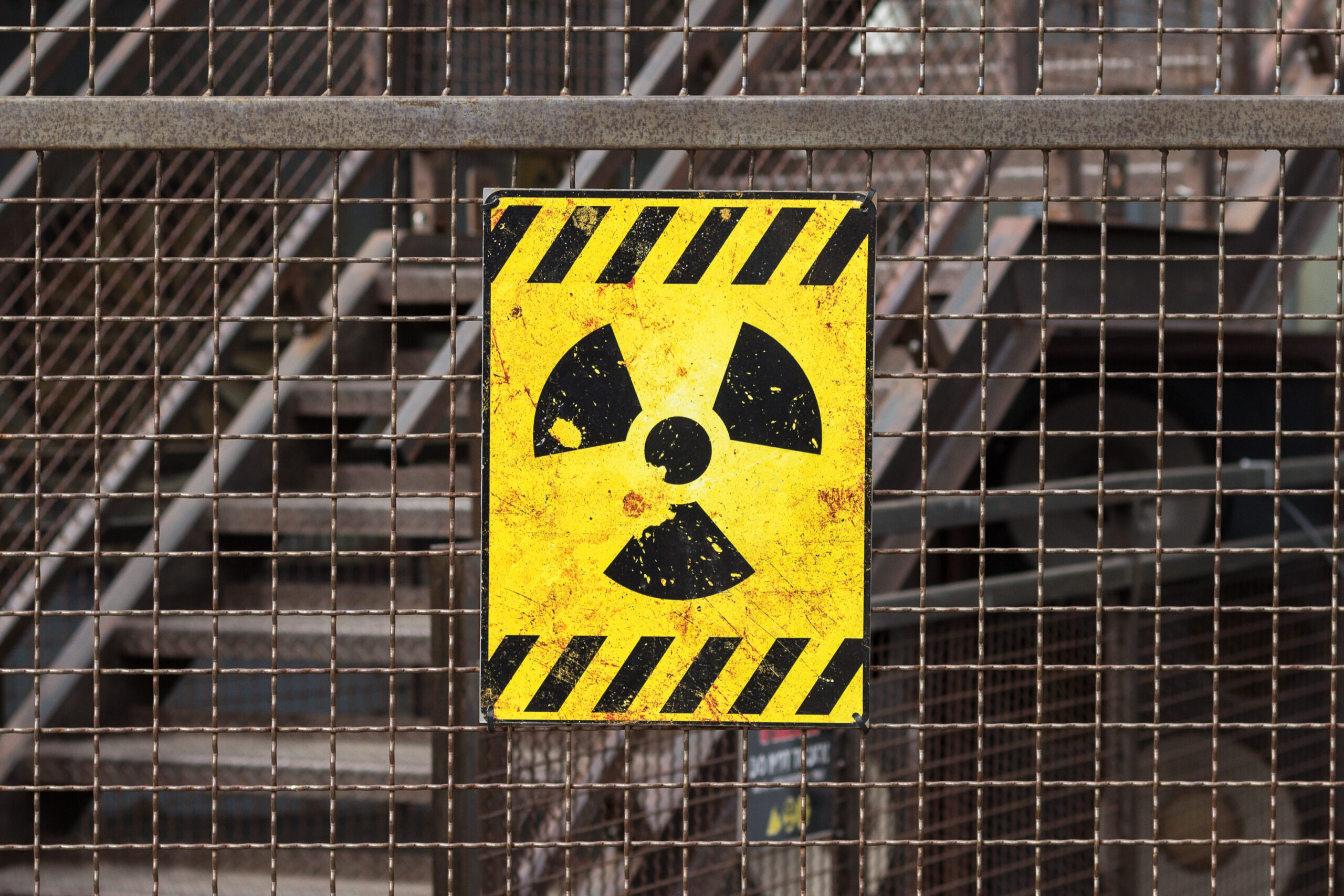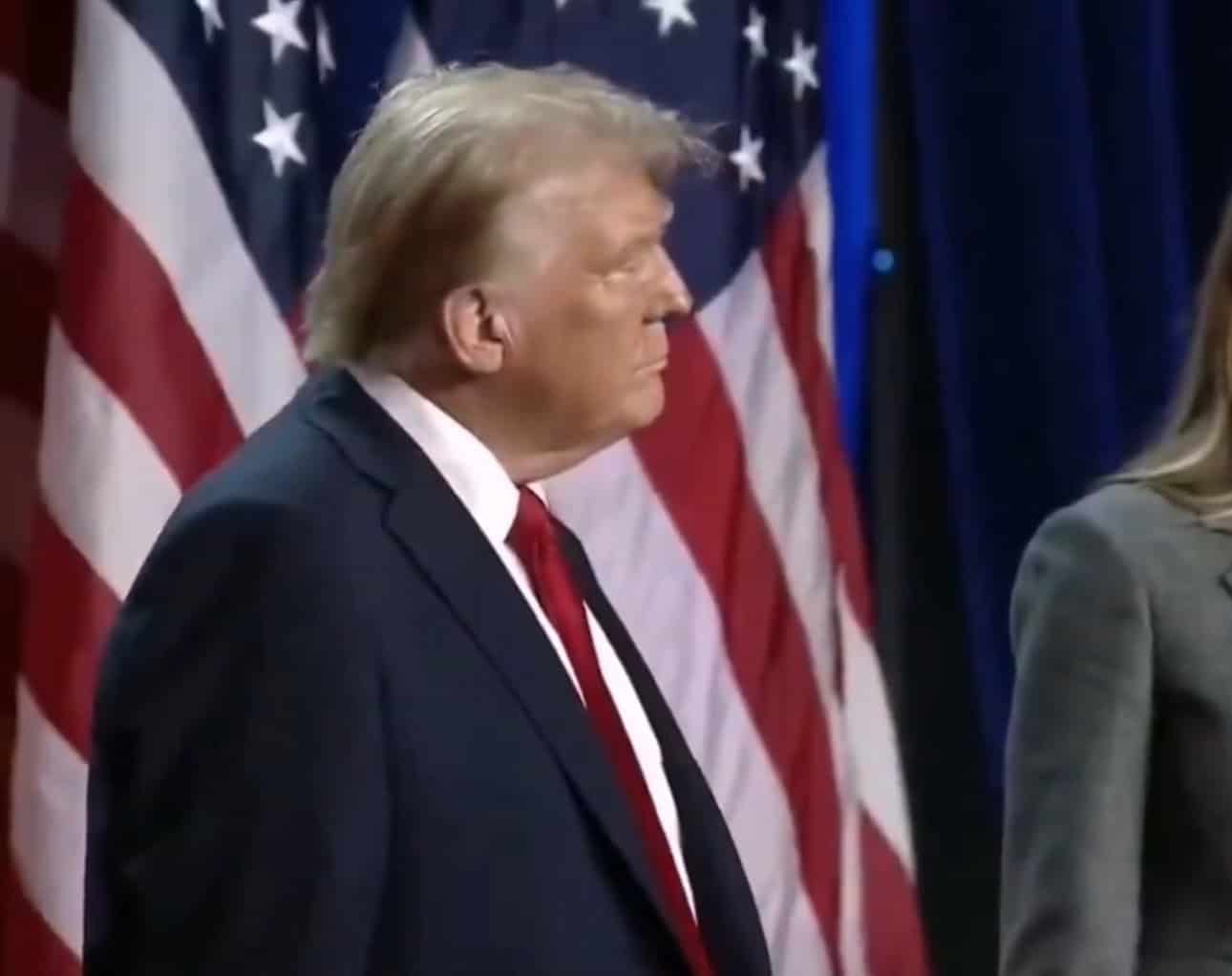
by Pam Martens and Russ Martens, Wall St On Parade:
The Consumer Financial Protection Bureau (CFPB) typically receives high praise from Wall Street On Parade for leveling the playing field between the pillagers on Wall Street and the hardworking poor and middle class of America. But yesterday’s announcement of the CFPB’s settlement with Goldman Sachs and Apple over some of the most abusive conduct we have observed against consumers in decades left us with the impression that Goldman Sachs’ lawyers had browbeat the CFPB into a watered-down deal.
TRUTH LIVES on at https://sgtreport.tv/
The enforcement action by the CFPB pertained to years of abuses by both Apple and Goldman Sachs involving the Apple Credit Card. Under the CFPB’s settlement, Goldman Sachs will pay $19.8 million in redress to victims and a $45 million civil money penalty, bringing Goldman’s total settlement to $64.8 million. Apple will pay a $25 million civil money penalty for a combined $89.8 million by both parties.
Let’s pause right here for a moment. Goldman Sachs had profits of $8.52 billion in 2023. The settlement amount of $64.8 million is less than 1 percent of its profits last year. That makes a mockery of holding a serial miscreant like Goldman Sachs accountable for putting Apple Credit Card customers through a living hell and destroying people’s credit rating in the process.
Credit on the Apple Credit Card was provided by the taxpayer-backstopped, federally-insured commercial bank that Goldman Sachs is allowed to own – despite its checkered past. That commercial bank is known as Goldman Sachs Bank USA. For a snapshot look at how prudently it is managed, consider this: as of June 30 it held $544 billion in assets and $55 trillion in derivatives. (See Table 15 at this link. The derivatives report is provided by a federal banking regulator, the Office of the Comptroller of the Currency.)
The CFPB announced yesterday that Goldman Sachs had engaged in the following abuses in connection with the Apple Credit Card:
[When customers complained about erroneous charges,] “the bank failed to consistently send acknowledgment notices within 30 days, conduct reasonable investigations, or send resolution letters explaining the determinations of its investigations within 90 days. These failures led to Goldman Sachs illegally placing damaging information on consumers’ credit reports and holding cardholders responsible for potentially fraudulent or unauthorized purchases.”
The CFPB also wrote this:
“The marketing of the Apple Card Monthly Installments plan led consumers to believe they would automatically receive interest-free financing when purchasing iPhones and other Apple devices with their Apple Card. The plan allowed cardholders to purchase Apple devices through a series of interest-free payments over a period of six months to two years. However, many cardholders were unknowingly charged interest because they were not automatically enrolled as expected. They also faced confusing checkout options about enrolling in the plan. For online purchases, Apple only presented the payment plan as an option to consumers using Apple’s own Safari browser. Due to Apple and Goldman’s actions, instead of making interest-free payments, thousands of cardholders purchased Apple devices on interest-bearing revolving balances and incurred interest charges.”
Wall Street On Parade began reporting on the grotesque manner in which the Apple Credit Card was being handled as early as August 10, 2022. Our first report came one year after J.D. Power had lavished a customer satisfaction award on the Apple Credit Card provided through Goldman Sachs.
The J.D. Power Award came in August 2021. We dug through customer complaints in the CFPB’s database for the same month, August 2021, and found the following telltale signs of big problems: (The redacted information has been redacted by the CFPB; typos are in the original.)
A customer in California wrote this:
“This problem has been ongoing since XXXX, I have had to open multiple disputes through Apple credit card (goldman Sachs) and every time I open disputes, they ALWAYS favor the merchant ( XXXX ) There were multiple unauthorized purchases on my card through XXXX, XXXX helped with most of them besides one order that was {$1400.00}. My credit card issuer Goldman Sachs is saying that the dispute keeps favoring them no matter what evidence I give them. I really want to sue or something, I have no idea what to do now…” (Read the full complaint here.)
A customer in Massachusetts told the CFPB this:
“My 11 year old computer died and I went online to apple.com to buy a replacement one. Their site advertises that you can get an Apple credit card with 0 % APR for the first 12 months and pay off the computer. When I tried to redeem that offer, their Goldman Sachs website came back and extended a {$2500.00} credit limit, which does not cover the cost of a computer on their site. I called in to get the limit increased to {$3200.00} because I make {$320000.00} a year and have a XXXX credit rating. When I called in, their representative told me the only way to request a credit limit increase to cover the cost of the computer was to accept the credit card offer and open an account. So I did. He told me the next day I had to call back to request a credit increase. There was no other way to get an increase on the application. I have just done that, and despite making a high salary, having zero credit debt and having an excellent credit score, Goldman Sachs / Apple has denied the application and not giving me a reason…” (Read the full complaint here.)
A resident of Virginia wrote this:
“On XX/XX/21, an unknown charge for {$840.00} was Pending on my Apple Card (Goldman Sachs), I submitted a dispute the same day and was told that, because the charge was still ‘pending’, they would monitor the charge and if the charge posted, the dispute process would start with no further action from me. If the charge did not post, it would just drop off of my account. Since then, I have made dozens of calls and chat sessions with Apple Card Support about this charge that posted to my account on XX/XX/21. On this date, I received a ‘provisional credit’ and exactly one minute later, the provisional credit was reversed. After many phone calls, I finally learned that the dispute that I repeatedly called about had been ruled in the merchant ‘s favor because, they stated, I ‘withdrew my dispute’ — this is a complete falsehood…” (Read the full complaint here.)
In 2023, we took another look at the CFPB’s complaint database and found hundreds of cries for help from people being ripped off with the Apple Credit Card, including the following from a resident of Nevada:
“Late last year, Apple credit card pulled a hard inquiry on my credit and issued me an Apple credit card. I did not request this credit card, so I contacted XXXX about this matter. Apple credit card closed my account and stated to me that they noted my account was closed because they could not verify that I requested, authorized, or applied for this credit card. I believe this credit card was requested by an XXXX store agent, without my authorization, when I purchased a new iphone. I believe this because the agent signed me up for several other offers that I did not request. These matters have been resolved with XXXX. Regarding the hard inquiry, the XXXX representative told me to contact each credit reporting agency to request that the hard inquiry be removed from my credit report. XXXX will be reporting this account as closed due to unable to verify that I applied for the credit card. Thank you for assisting in the removal of the hard inquiry with each agency.”
This Nevada report suggests that salespeople in Apple’s retail stores may have been incentivized to open Apple Credit Card accounts without the customer’s approval. And yet, the CFPB settlement is silent on this issue.
None of this egregious behavior by Goldman Sachs and Apple has made its way to the folks at J.D. Power. On August 15 of this year, J.D. Power made the following gasp-worthy announcement:
“Apple Card (Goldman Sachs) ranks highest in customer satisfaction among co-brand credit cards with no annual fee, with a score of 654. This is the fourth consecutive year in which Apple Card and issuer Goldman Sachs have collectively earned a segment award….”
Goldman Sachs’ history of abusing its customers dates back to the roaring 1920s. During the making of the stock market asset bubble of 1928, Goldman ran the Goldman Sachs Trading Company, a closed end fund known as a “trust” in those days. Goldman Sachs spun it off to the public at $104 a share. The trust was filled with dubious investments while paying Goldman a hefty management fee. Just a few years after the crash of 1929, the Goldman Sachs trust was trading at a buck and change. On May 20, 1932, Walter Sachs, President of the Goldman Sachs Trading Company, was interrogated by the Senate Committee on Banking and Currency. The Committee concluded that Goldman Sachs fleeced its customers to line its own pockets.
Read More @ WallStOnParade.com
Originally Posted at https://www.sgtreport.com






